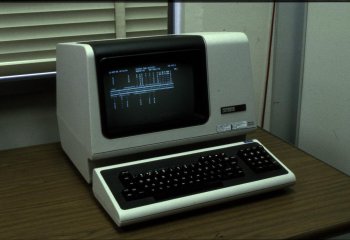Because lately they have shown time and time again that they make questionable engineering decisions in their products. As simple as the charging port location of a mouse, the method to charge a stylus for a tablet on the go, judgement on the necessity of still relevant I/Os. All these raise legit concern if they can handle a truly modular systems like pictured above, which not only needs delicate balance to not be over-engineered, but also to offer the performance needed just to remain competitive on fronts like VR/AR/ML/AI which Apple openly stressed interest in.Why do you believe Apple is not capable of pushing the limits so far into super-computing with its engineering team. They have proven many times in the last 5 years what they are capable of designing.
Whatever that's new with Intel is no where near being product-availability, and the Mac Pro needs to solve problems now on top of a few years down. With RAM I don't know what point you are trying to make, yes the same kind of chips go into both RAM and storage nowadays and they are going into the MP for sure, but for a modular system then the question is how they are connected with the core system. GPUs as powerful as they are, are not full computers.... and again the key is how this component(s) is connected to the core system, which was the critical issue with the previous Mac Pro design.Intel is pushing rapidly towards ceramic-base CPU with fully integrated bus controller onboard. RAM is now also storage. GPU are now also full computers in their own right.
Yes the amount of absurdity with modern Apple has no limits, but I am afraid not on the same wavelength that you described.The "absurd" is normal now. There is no limit, why should there be.
Ever since the 2013 Mac Pro, Tim Cook has driven the message of innovation very strongly. American ingenuity. How is he going to push this concept using vanilla technology.


